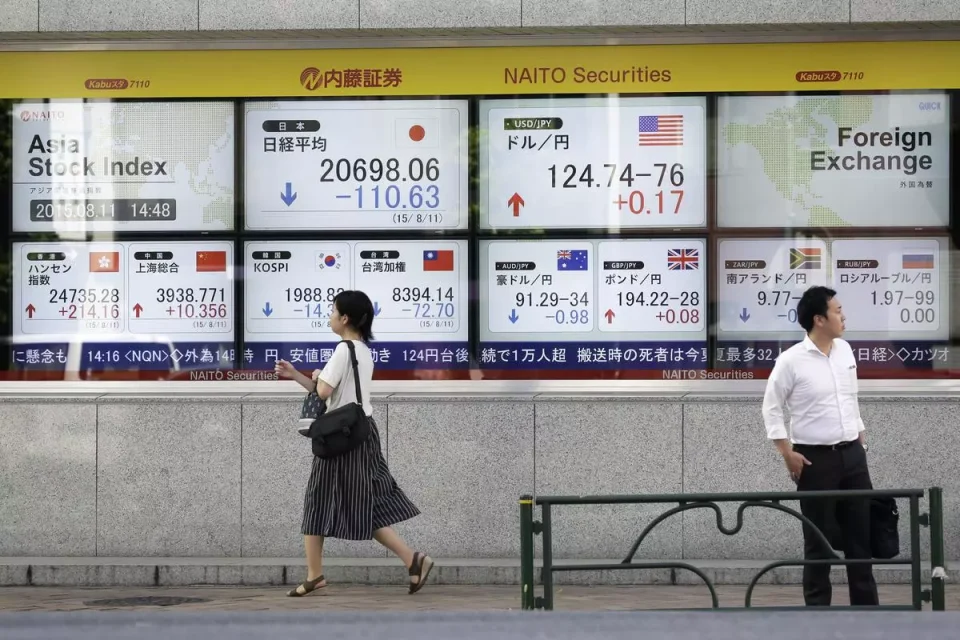After five consecutive tightening moves since October 2021, the Singapore Central Bank and the Monetary Authority of Singapore (MAS) have decided to keep the country’s monetary policy unchanged in response to the rising global risks.
Asian shares strengthened on Friday as Singapore joined Canada and Australia in halting their policy tightening. There was growing confidence that the upcoming US rate hike would be the final one this cycle. The MAS surprised many by maintaining its policy, stating that the tightening already implemented would ensure a significant decrease in inflation later in the year.
The prospect of peak rates helped offset concerns about a recession, leading to a 0.4% increase in MSCI’s broadest Asian-Pacific shares outside Japan. Additionally, Chinese blue chips firmed by 0.2% due to an unexpectedly positive trade performance that improved the economic outlook.
The decision by the Monetary Authority of Singapore, which employs the exchange rate as its primary policy tool, involved maintaining the slope, centre, and width of the currency band, as stated in a statement released on Friday.
Despite gross domestic product data revealing that the economy had contracted more than predicted in the first quarter, the central bank chose to maintain its stance, surprising twelve of the twenty-two respondents in a Bloomberg survey who expected the MAS to tighten. The remaining ten predicted that the authority would pause.
The central bank acknowledged that there are intensifying global growth risks and that the domestic economic downturn may be more severe than anticipated. The bank also stated that although inflation remains high, its five consecutive monetary policy tightening measures since October 2021 have tempered price increases’ momentum and should further reduce inflation.
Gold remains near one-year highs as the euro outperforms the currency market, led by the European Central Bank’s hawkish stance. The euro was steady at $1.1059, having reached a one-year peak of $1.1068 overnight.
The market predicts a 67% chance of the Fed raising rates in May, followed by almost no chance of a further increase and a potential 50 basis points of cuts by the end of the year. Brent oil increased 27 cents to $86.36 a barrel, while US crude rose 26 cents to $82.42 per barrel.
 Live
Live

